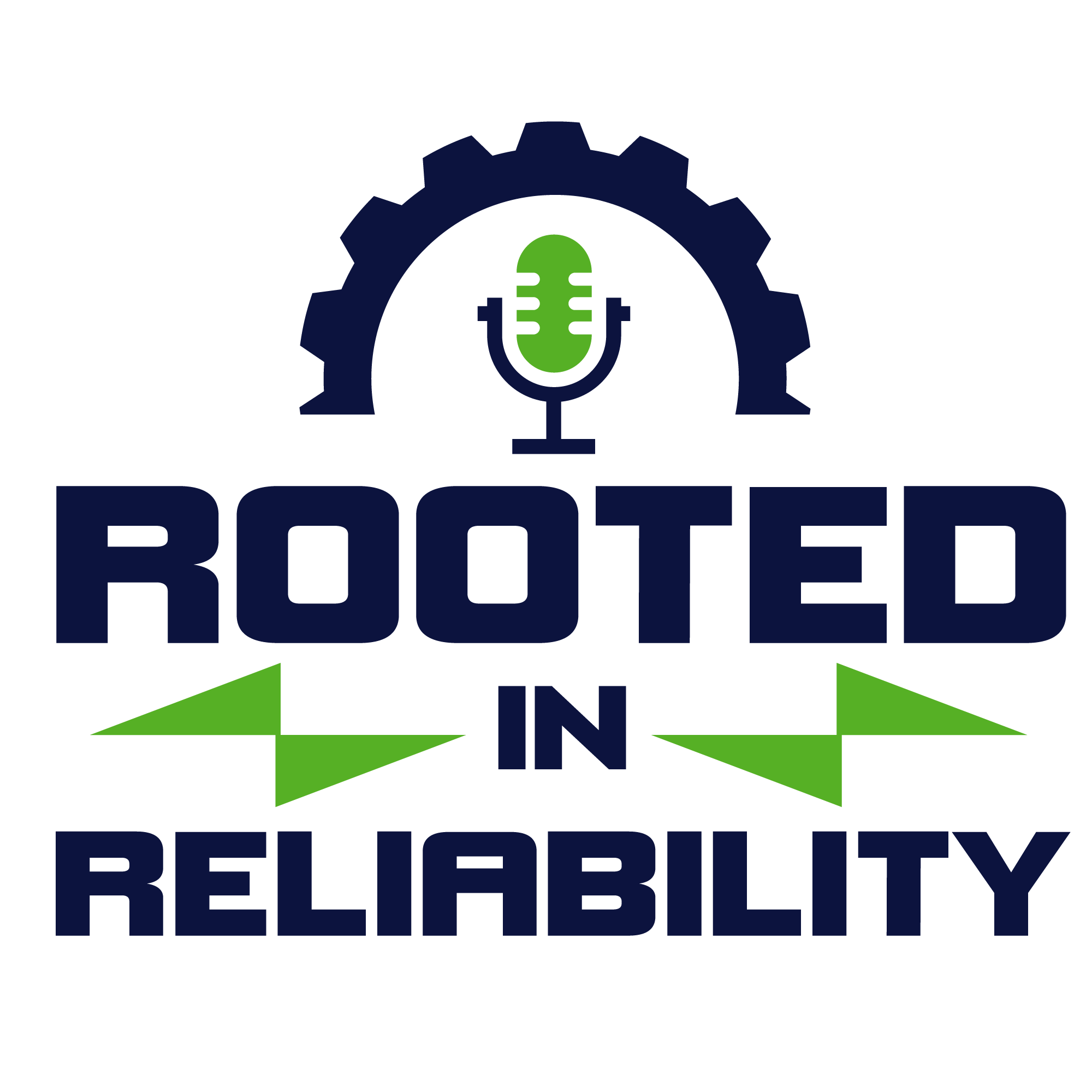In today s episode, the agenda of discussion is utilizing multiple layers of protection for the products or assets of an organization. The plant itself and some other resources are very critical to the value of production of bigger companies. They can t afford to have a failure because of the tight deadlines and allocation of specific budgets. That s why it is always a good practice to have backups and their backups as well.
It is like the interlinked mechanism in which these layers support each other even when there is a chance of failure and a layer gets damaged, the other layers keep the assets intact with the integrity of the data.
Why is it or is it really necessary to have such expansive and tight prevention systems? The answer to that is sometimes pretty much based on the type of industry and criticality of the failure that can occur.
There is no doubt that this failure will lead to consequences small and really huge or normal to the worst but the cost of these type of proactive system is a lot so obviously smaller organizations where there are issues that can be dealt with on the spot with just some replacement of the equipment and the lead time is enough to cope with the failure, there is no need for such heavily expensive procedures.
It is a very common practice in the bigger industries to have sensors for problem identification before it gets too serious. They have preventative systems already in place for proactive maintenance. They use different kinds of analysis techniques such as FMEA to predict the issues and also have fully redundant backup systems in case everything else goes wrong.
They have their inspection routines weekly, monthly, and yearly depending upon the lead time of the failure mechanisms as some of the equipment has slow decay rate and some types of failures occur instantly. In these cases, it becomes catastrophic to not have a fully loaded and readily available backup.
The most critical of all these things is that what to look for in the first place? How the failure will occur and how much damage will it cause? There is no absolute way to know that even after all those failure data analysis techniques but training certainly helps a lot for better results.
The success of such systems can be determined by the error rate in the machines and the best case will be where the team can understand the pattern of failures to have a good estimate of the downtime. A better understanding of the failure probability and variability patterns leads to cost and time saving.
It is true that having these kinds of redundant systems takes a lot of time, planning, and money but some organizations can t afford to have a failure in the first place. But, the acceptability level of these measures needs the support from management as well which depends on the culture of that organization.
Eruditio, LLC Links:
- Eruditio, LLC
- A Smarter Way of Preventative Maintenance – Free eBook
- Maintenance Planning & Scheduling: Planning for Profitability Video Course
Fred Schenkelberg Links:
The post 33 Utilizing Multiple Layers of Protection w/ Fred Schenkelberg appeared first on Accendo Reliability.

